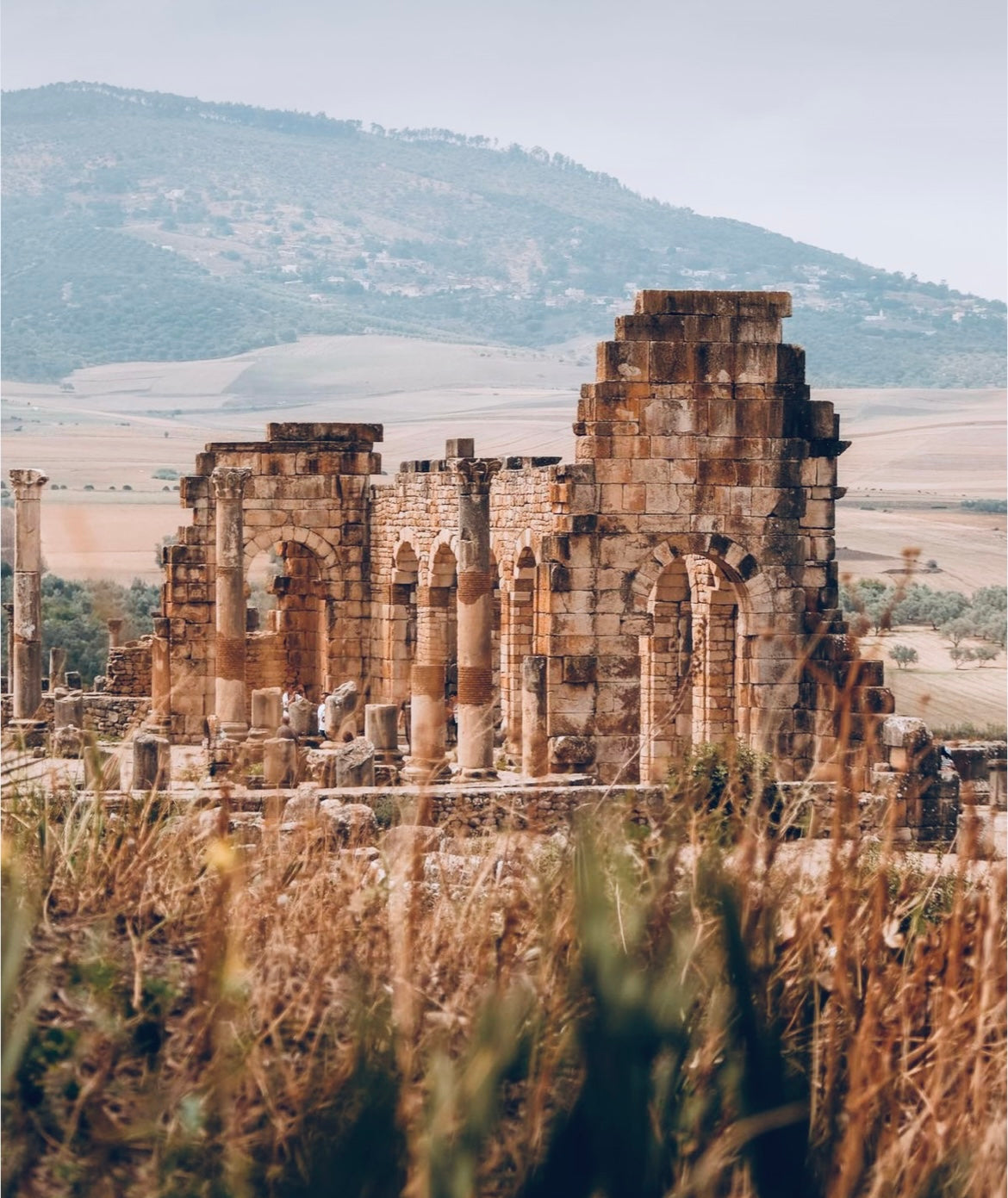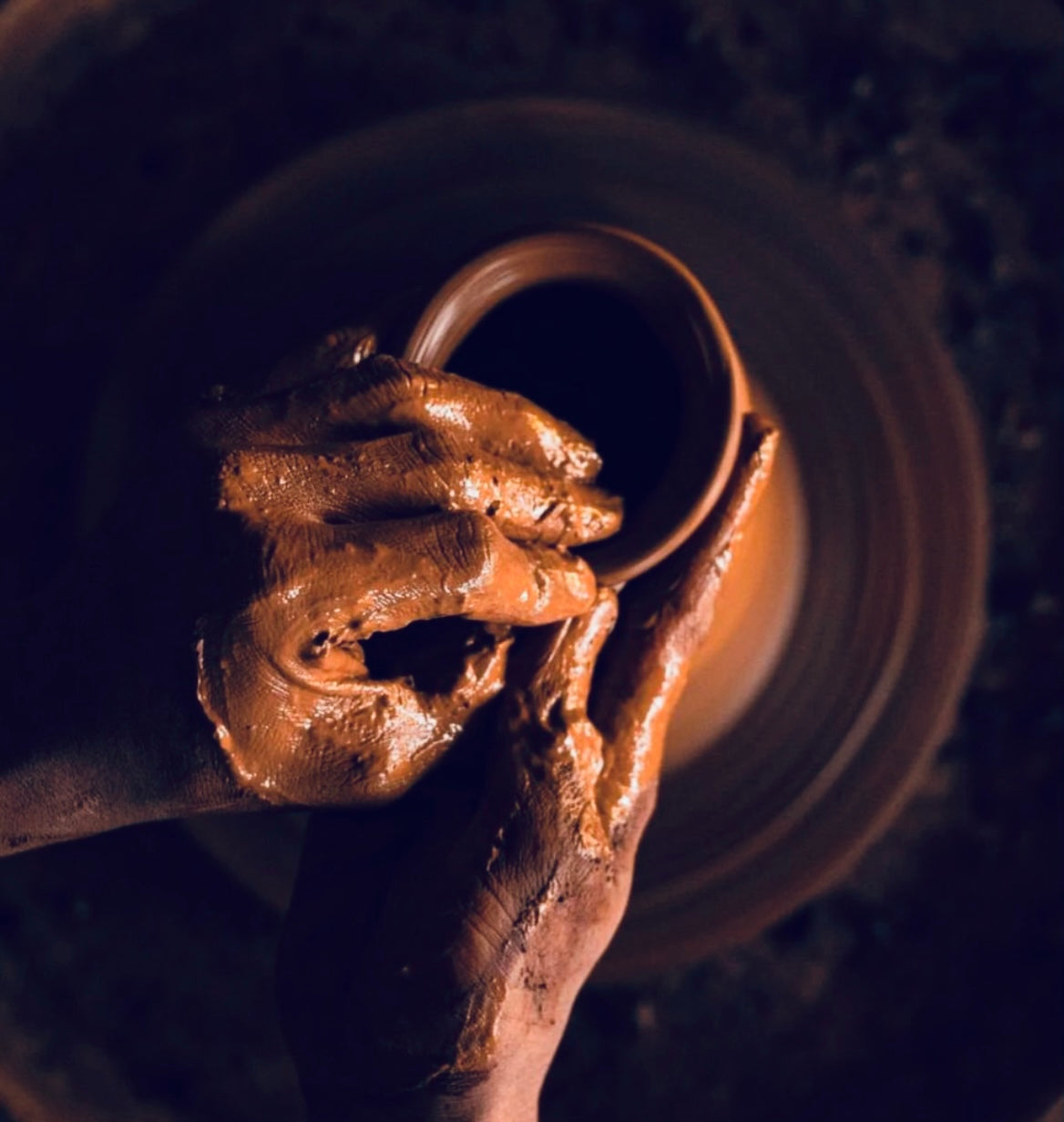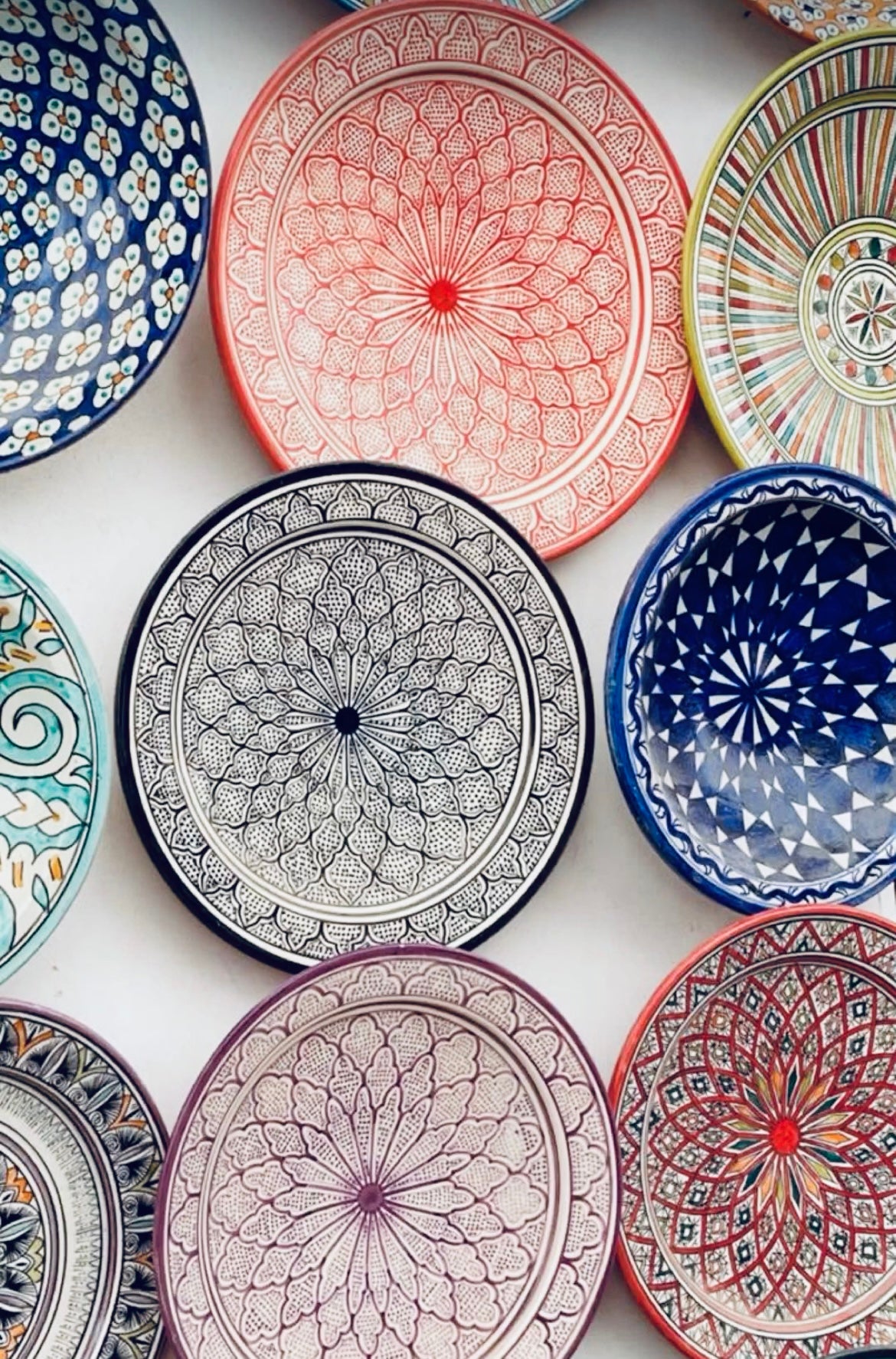The art of ceramics in Morocco
Moroccan ceramics, rich in history and symbolism, embody ancestral know-how that has survived the centuries while adapting to contemporary developments. A true reflection of the country's cultural diversity, this art is distinguished by its harmonious fusion of tradition and innovation, creating unique pieces prized around the world.
The art of ceramics in Morocco, a true bridge between past and present, is the living expression of a tradition that has adapted to the times without losing its essence. Each piece, whether traditional or modern, tells a story, one of know-how passed down through generations and of constantly evolving creativity. Whether you are an art lover, a collector, or simply curious, Moroccan ceramics invites you to discover a world where every detail is the fruit of passionate and meticulous work.

An ancestral heritage
The history of ceramics in Morocco dates back several millennia, originating in the early Berber civilizations. Influenced by trade and cultural exchanges with the Phoenicians, Romans, and then the Arabs, Moroccan ceramics were enriched with a variety of techniques and motifs. Major cities such as Fez, Safi, Meknes, and Marrakech became emblematic centers of production, each with its own particularities and manufacturing secrets. Fez pottery, for example, is distinguished by its white glaze and blue patterns, a technique inherited from Andalusian artisans after the Reconquista. In Safi, the Moroccan ceramics capital, local clay is transformed into works of art using modeling and firing techniques passed down from generation to generation.

An emblematic art of Moroccan traditions
Ceramics in Morocco are not limited to ornamentation; they are also intimately linked to the country's daily and spiritual practices. From tagines used for cooking to zellige tiles adorning mosques, palaces, and riads, each piece carries cultural significance and meticulous craftsmanship. Traditional motifs, often geometric or floral, reflect the influence of Islamic art, where abstraction and repetition of forms symbolize the quest for harmony and infinity. Colors, meanwhile, vary depending on the region and local customs: green symbolizes fertility and nature, blue for protection, and red for energy.

Innovation and renewal
While Moroccan ceramics remain deeply rooted in tradition, they are nonetheless open to innovation. In recent decades, many Moroccan artists and designers have been reinventing this art, incorporating contemporary influences and experimenting with new shapes, colors, and materials. While preserving their ancestral techniques, artisans from Fez and Safi are now partnering with designers to produce modern works, unique pieces that combine heritage and modernity. From minimalist pottery to ceramic art installations, this reinvention is allowing Moroccan craftsmanship to conquer new markets while remaining true to its roots.
